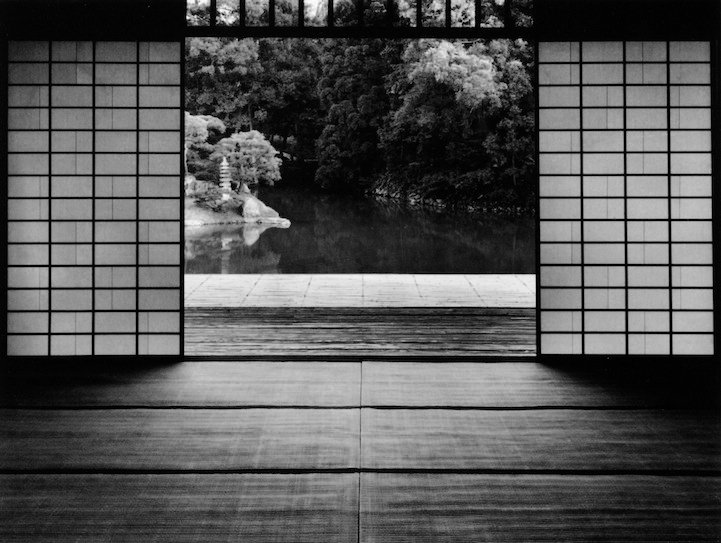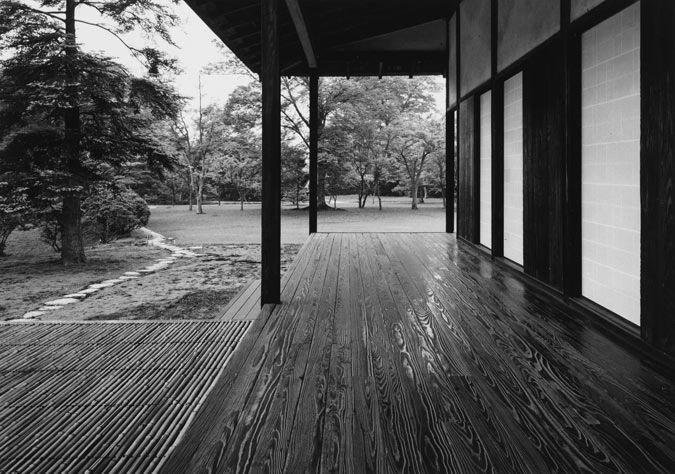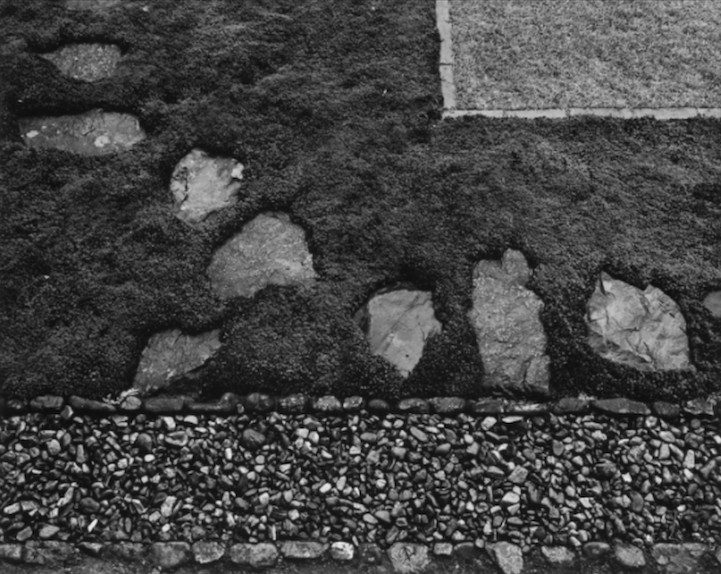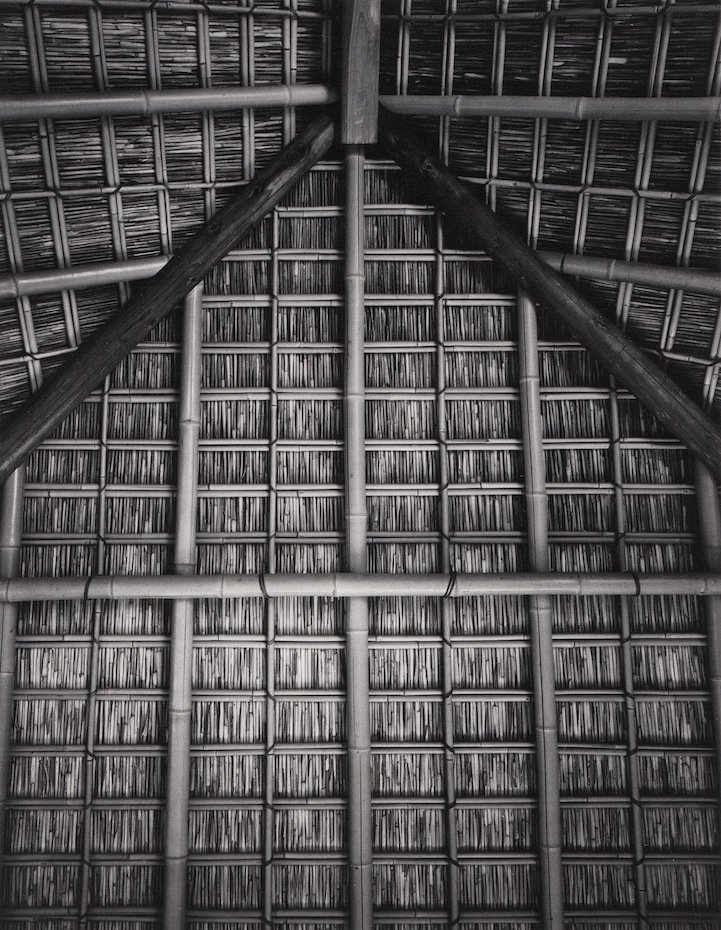The simple yet elegant forms of Japanese houses have always fascinated me. It is a known fact that the Japanese have a huge influence of their history and are associated with their roots. I wanted to know why do the houses look the way they do and what rules and philosophies lie behind them.
So to be precise the style that I am referring to is called the sukiya zukuri. Sukiya is an architectural style for designing buildings which was inspired from the Japanese tea houses or chashitsu. This style developed during the Momoyama Period (1573-1614) alongside the Shoin style of architecture which was preceded by the Shinden style.

| Heian Period (794-1185) | Muromachi Period (1336-1573) | Edo Period (1600-1867) |
|---|---|---|
| Shinden-zukuri | Shoin-zukuri | Sukiya Zukuri |
| Furnished houses | Influenced by buddhism with some ornamentation | More use of natural materials and focused more on simplicity |
By the beginning of the Edo Period, the features of the shoin and the teahouse styles began to blend. The result was an informal version of the shoin style called Sukiya Zukuri. The developers behind the sukiya style were Zen monks who kept everything very simple and removed all that was unnecessary from the previous styles.

The result was a space with intense use of natural materials by following the principles of the tea ceremony. This style is characterised by small rooms—usually four and a half tatami mats along with a tokonoma (built-in recessed space) and shelves. The rooms are kept open to a garden through a curved pathed. Doing so provides only a partial, but not complete, view of the house from distance. Also, compared to the shoin style's, roof eaves in the sukiya style bend downward.

The walls are finished with an earthen plaster and the ceilings are made of rectangular boards which are interwoven hence making it look very minimal and simple. The columns can themselves be polished tree trunks such as from cedar, pine, hemlock, bamboo, and cypress, often with rough surfaces including the bark. The pictures are from the Katsura Detached Palace which is one of the finest example of the sukiya zukuri style. The Edo period marked a distinctive style in the Japanese architecture which is clearly seen in the contemporary Japan.

All images are sourced from https://mymodernmet.com/yasuhiro-ishimoto-katsura-imperial-villa/
Keep Creating
Lots Of Love <3
